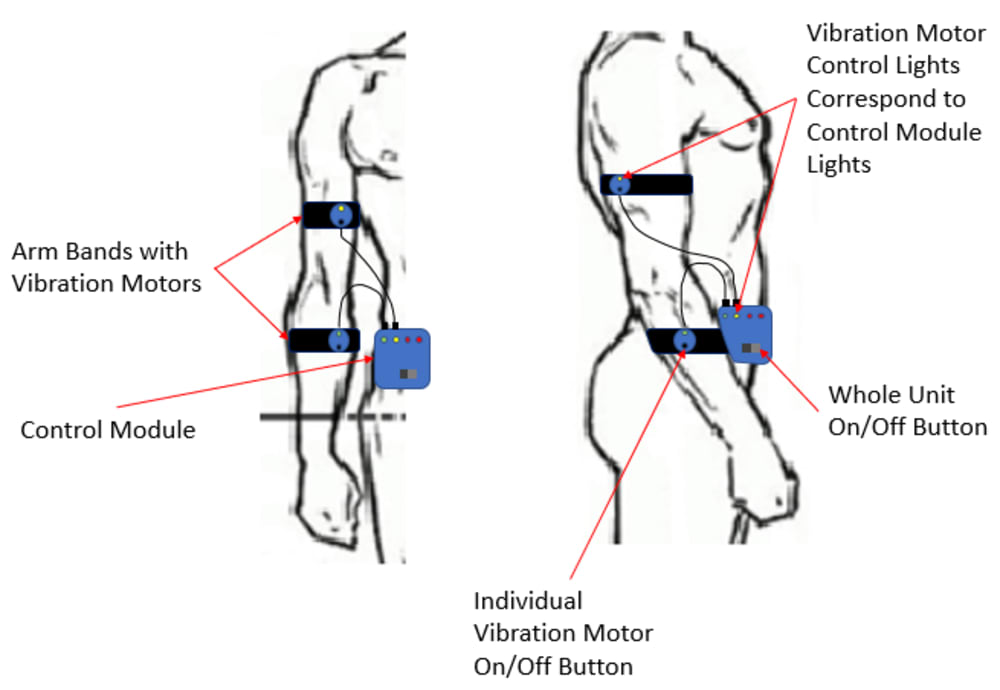FoVi is a wearable focal muscle vibration device that can be worn at different locations of muscles and muscle groups on a human. It is an innovative device with feedback control to provide precise vibration therapy to target muscles/muscle groups for neurorehabilitation. FoVi and be worn and used while user at rest or performing activities of daily living. It can be used at clinical settings, community and home environment. In addition, there is a Smartphone App to provide patients real time feedback on the usage of the vibration therapy. In addition, the App connect to a web portal which allows therapist or healthcare professionals to monitor and track the usage of the device, as well as allows them to remotely adjust the vibration dosage and duration based on the rehabilitation progress of patients. Preliminary clinical trials have demonstrated that usage of FoVi improved the balance and mobility for patients with multiple sclerosis and diabetes. It is also evident that usage of FoVi reduced the pain and increased the sensation for patients with diabetic peripheral neuropathy. There is no adverse event associated with applying the technology and patients’ feedback on the technology is enjoyable and comfort.
Video
Like this entry?
-
About the Entrant
- Name:Hongwu Wang
- Type of entry:teamTeam members:Hongwu Wang, Mustafa Ghazi, Josiah Rippetoe
- Software used for this entry:Solidworks
- Patent status:pending








